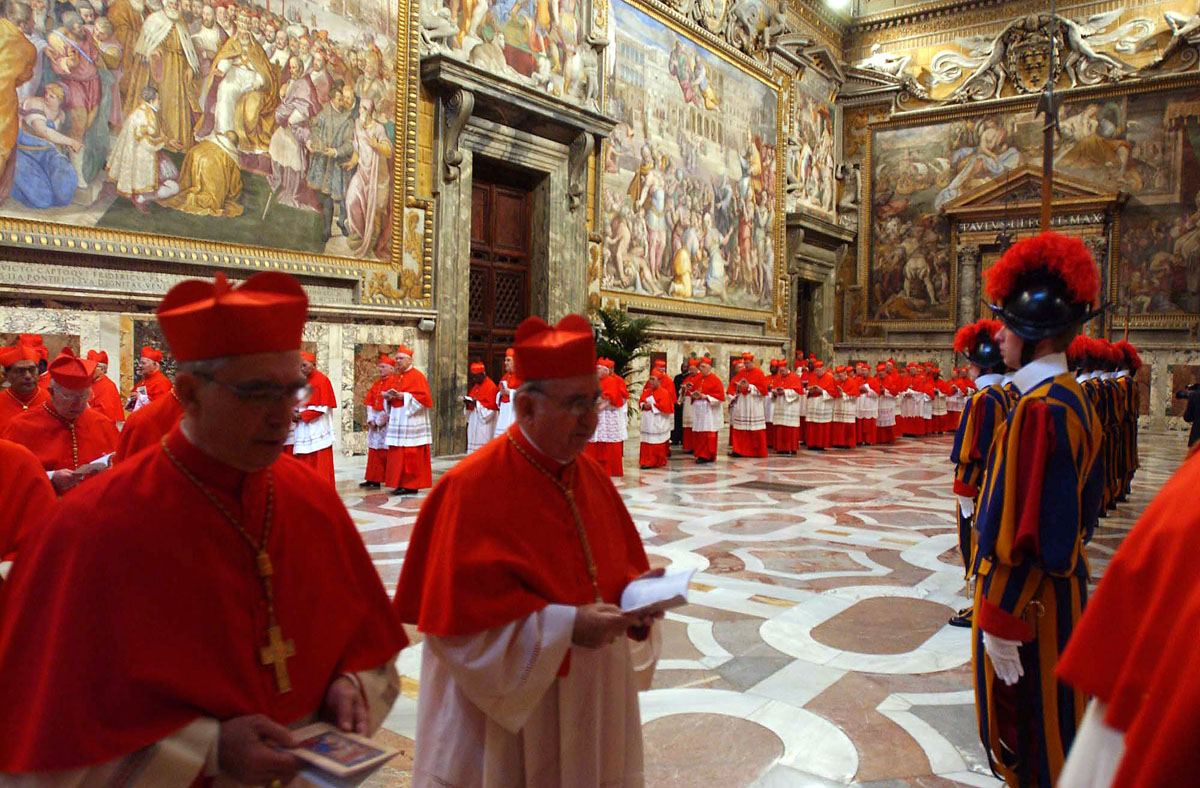Hagia Sophia: A 1600-Year History Of Survival

Table of Contents
From Basilica to Mosque: The Early Years of the Hagia Sophia (330-1453 AD)
Construction and the Reign of Justinian I:
Emperor Justinian I's ambitious vision culminated in the Hagia Sophia, a masterpiece of Byzantine architecture. Constructed in the 6th century AD in Constantinople (modern-day Istanbul), its construction showcased groundbreaking engineering feats.
- Pendentives: The innovative use of pendentives, curved triangular supports, allowed the massive dome to rest on a square base, a revolutionary architectural solution.
- Immense Dome: The sheer size of the dome, a symbol of imperial power, was unprecedented for its time, inspiring awe and wonder.
- Precious Materials: The building's construction utilized the finest materials, including marble, mosaics, and gold, reflecting the wealth and power of the Byzantine Empire.
- Skilled Workforce: A vast and highly skilled workforce of architects, engineers, and artisans collaborated to bring Justinian's vision to life. This collaborative effort is a testament to the sophisticated organization of the Byzantine Empire.
The Iconoclastic Controversy and its Impact:
The Iconoclastic Controversy (726-843 AD), a period of intense debate surrounding the use of religious images, significantly impacted the Hagia Sophia.
- Destruction and Restoration: Many of the magnificent mosaics and icons were destroyed during this tumultuous period, only to be restored or replaced later.
- Political Ramifications: The controversy had profound political implications, highlighting the complex interplay between religious belief and imperial authority within the Byzantine Empire.
- Ongoing Debates: The debate surrounding religious imagery continues to this day, underscoring the enduring legacy of this period on Byzantine art and religious practices.
The Fall of Constantinople and the Ottoman Conquest:
The year 1453 marked a pivotal moment in the Hagia Sophia's history. The Ottoman conquest of Constantinople led to the conversion of the Christian basilica into a mosque.
- Ottoman Conquest: The fall of Constantinople to Mehmed II brought an end to the Byzantine Empire and ushered in a new era for the Hagia Sophia.
- Transformation into a Mosque: The Ottomans, respectful of the building’s architectural magnificence, adapted it for Islamic worship, retaining much of its existing structure.
- Addition of Minarets: The addition of minarets, slender towers from which the call to prayer (azan) is made, transformed the Hagia Sophia's skyline, symbolizing the shift in its religious function. This modification represents a powerful visual narrative of the city’s changing identity.
Hagia Sophia as a Mosque: Centuries of Islamic Rule (1453-1935 AD)
Transformations and Adaptations under Ottoman Rule:
Over the centuries, the Hagia Sophia underwent modifications to suit its new purpose as a mosque.
- Architectural Adaptations: The addition of a mihrab (a niche indicating the direction of Mecca) and a mimbar (a pulpit from which sermons are delivered) accommodated Islamic ritual.
- Significant Restorations: Several significant restorations and repairs were undertaken throughout the Ottoman period to maintain the structure's integrity and enhance its aesthetic appeal. These works demonstrate the enduring respect afforded to the Hagia Sophia throughout Ottoman rule.
- Ottoman Architectural Style: Although adapted for Islamic worship, the underlying Byzantine architecture remained largely intact, a striking example of the integration of architectural styles.
The Hagia Sophia's Role in Ottoman Society:
The Hagia Sophia played a central role in Ottoman society, serving as more than just a place of worship.
- Religious Center: It remained a central hub for religious ceremonies and celebrations, reflecting its importance within Ottoman society.
- Center of Learning: The Hagia Sophia's complex also functioned as a center for education and learning, hosting libraries and religious schools.
- Social Significance: The mosque's grandeur and historical significance contributed to its position as a crucial symbol of the Ottoman Empire's power and prestige. It served as a focal point for Ottoman identity and communal life.
From Mosque to Museum and Back Again: Modern Transformations (1935-Present)
Atatürk's Secularization and the Hagia Sophia Museum:
In 1935, Mustafa Kemal Atatürk, founder of the Turkish Republic, transformed the Hagia Sophia into a museum as part of his broader program of secularization.
- Secularization Policies: Atatürk's policies aimed to modernize Turkey and separate religion from state affairs. The transformation of the Hagia Sophia was a key element of this larger socio-political project.
- Museum Status: This shift made the Hagia Sophia accessible to people of all faiths and backgrounds, establishing it as a prominent secular landmark.
- Preservation Efforts: The museum status facilitated the preservation and restoration of the Hagia Sophia's remarkable mosaics and artwork, ensuring their continued existence for future generations.
The 2020 Re-designation as a Mosque:
In 2020, a controversial decision reversed the Hagia Sophia's status, re-designating it as a mosque.
- Political and Religious Implications: This decision sparked debate globally, raising questions about religious freedom, cultural heritage, and the separation of church and state in Turkey. The reverberations of this decision extend far beyond Turkey's borders, igniting dialogues about the relationship between religious and secular governance.
- Impact on Access and Use: The change in status affects public access and the building’s use, generating ongoing discussions about its management and accessibility for all visitors.
- Ongoing Debate: The re-designation continues to be a topic of significant discussion and debate across the world, touching on issues of cultural preservation, religious freedom, and political identity.
Conclusion:
The Hagia Sophia's journey is a remarkable testament to its resilience and adaptability, having survived empires, wars, and significant shifts in religious and political landscapes. Its enduring legacy stands as a potent symbol of both Byzantine and Ottoman history. From its architectural marvels to its profound cultural significance, the Hagia Sophia remains a world heritage site of incomparable importance. Explore the wonders of the Hagia Sophia, delve deeper into its captivating history, and discover the ongoing evolution of this extraordinary landmark. Uncover the layers of history embedded within its walls and appreciate the Hagia Sophia's continuing impact on world culture and faith.

Featured Posts
-
 Kitzbuehel Feiert Mit Tgi Ag Praesentiert Zukunftsplaene
Apr 29, 2025
Kitzbuehel Feiert Mit Tgi Ag Praesentiert Zukunftsplaene
Apr 29, 2025 -
 Convicted Cardinal Challenges Conclave Voting Eligibility Rules
Apr 29, 2025
Convicted Cardinal Challenges Conclave Voting Eligibility Rules
Apr 29, 2025 -
 Cost Cutting Measures Surge As U S Companies Navigate Tariff Challenges
Apr 29, 2025
Cost Cutting Measures Surge As U S Companies Navigate Tariff Challenges
Apr 29, 2025 -
 Nyt Spelling Bee April 1 2025 Hints And Pangram
Apr 29, 2025
Nyt Spelling Bee April 1 2025 Hints And Pangram
Apr 29, 2025 -
 Paralympians Disappearance Las Vegas Hostel Mystery
Apr 29, 2025
Paralympians Disappearance Las Vegas Hostel Mystery
Apr 29, 2025
